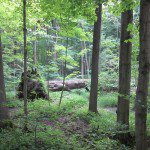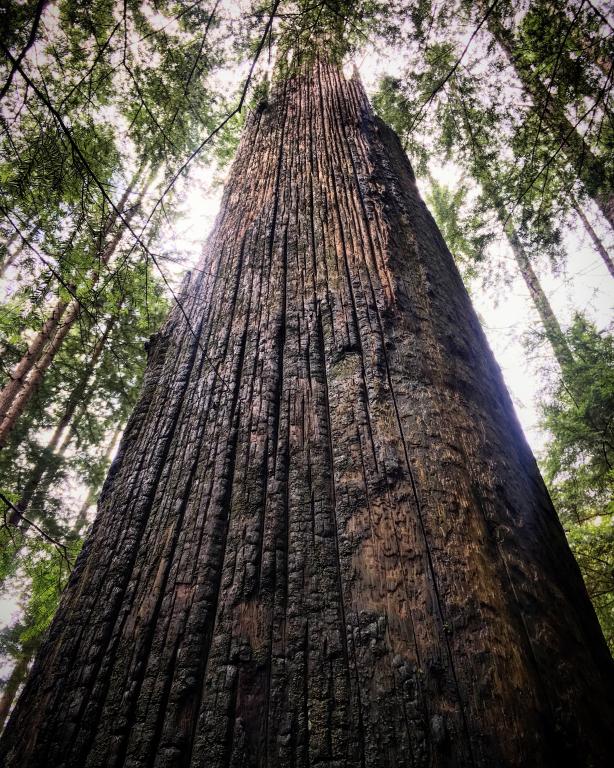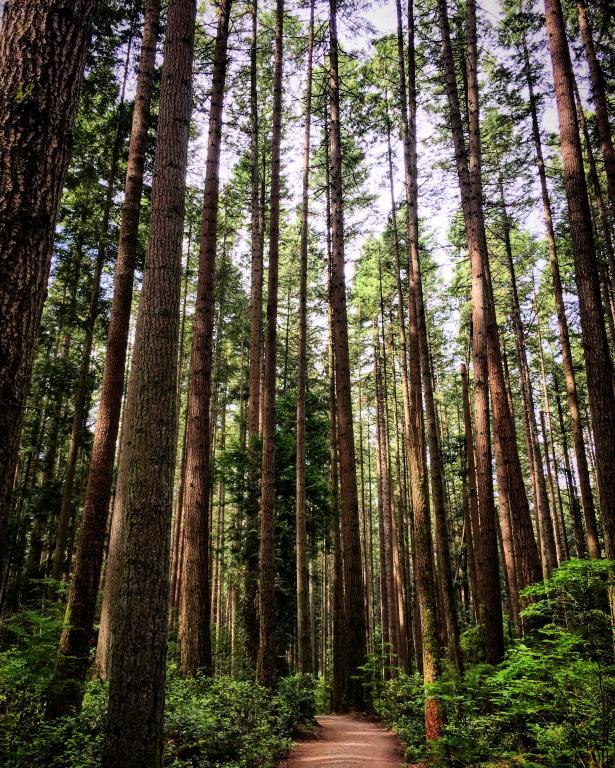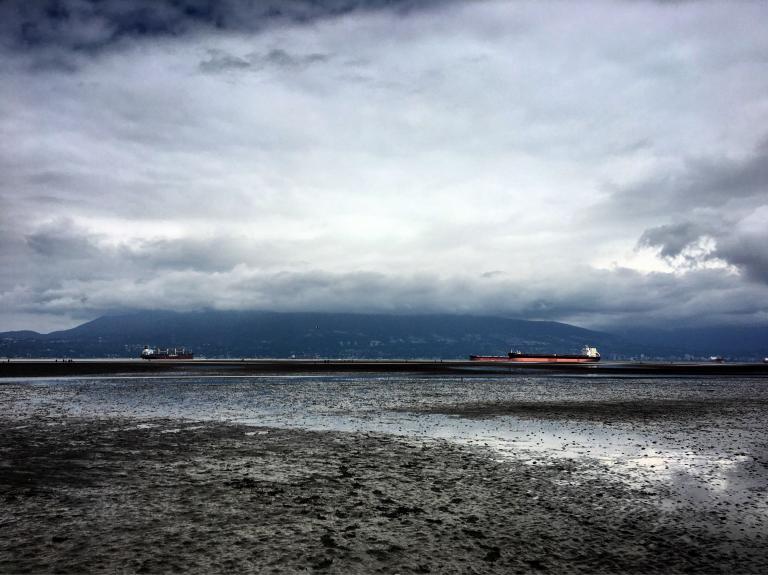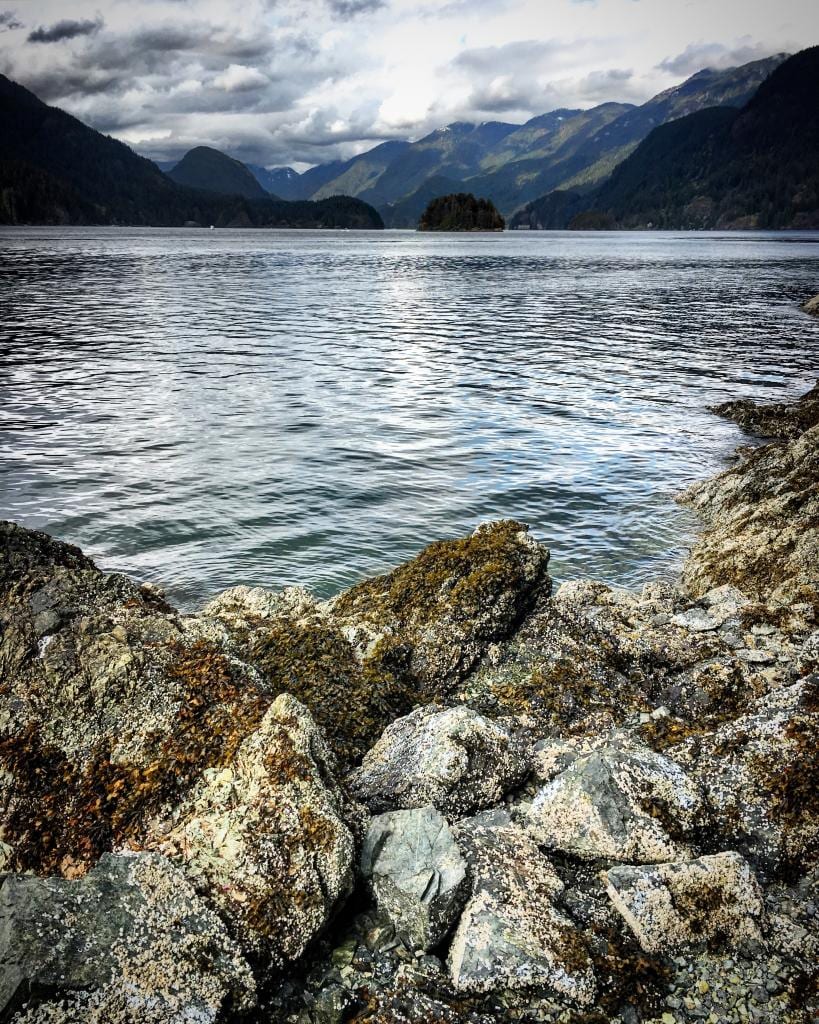Global Significance of Sacred and Religious Forests
In addition to the vast areas of protected forests that make up our National Parks and National Forests, many ecologists and scholars are beginning to take note of forests considered sacred by the world’s religions, or owned by them (Verschuuren et al. 2010). In an era of climate change and species extinction, official protected areas have not proven sufficient in stemming the tide of our ecocidal culture. In addition, the environmental community is looking to the religions for moral leadership as they have increasingly recognized that our ecological crises are not simply technical but deeply moral problems. Forests provide not only spiritual inspiration but also represent a host of other values increasingly important to the conservation community such as carbon sequestration, biodiversity habitat, soil protection, water protection, clean air, medicine, food, fodder, sustainable sources of lumber and recreation. Although protected areas have been the main bastion of these ecological values, increasingly the conservation community is looking to the world’s sacred and religious forests as examples of good stewardship and stores of ecological values (WWF 2005; Verschuuren et al. 2010). Martin Palmer, director for the Alliance of Religion and Conservation (ARC) based in London, believes that over 15% of the earth’s terrestrial surface is sacred to one group or another. He points out that the world’s religions own a significant portion of the world’s forests. For example, the Church of Sweden owns 22% of commercial forest lands there and a Benedictine Monastery owns 28% of commercial forest lands in Austria.
The Mormon Church is a seldom recognized contributor to this global network of sacred and religious forests. In addition to the 508 acres of sacred forests managed for their spiritual value by Church Historic Sites, the LDS Church owns vast tracks of land throughout the continental United States, some of which are forested. While the church does not disclose the total acreage of land it owns, estimates are in hundreds of thousands of acres. To my knowledge, none of these lands are managed primarily for timber production, but forested lands are managed secondarily to other values such as cattle ranching. For example, on the Deseret Ranch in Florida some of the Bald Cyprus groves have been harvested for timber production, but no significant volume has been achieved. However, the Church also owns approximately 160 summer camps for Boy Scout and Girls’ Camp programing. According to unofficial estimates, the average size of these camps is approximately 217 acres bringing the likely total to somewhere in the neighborhood of 34,000 acres. This is a significant amount of forest managed primarily for recreational and spiritual values mostly within the American West. This region has been plagued by the effects of climate change in the form of drought, fire and beetle outbreaks. It seems clear climate change threatens the Church’s current management objectives. Speaking out against climate change and environmental degradation is not only a moral imperative but is clearly in the Church’s interest. What management provisions is the Church taking to ensure that its forests are resilient against future ecological change?
Forests are also a weapon against climate change because of their carbon fixing potential. It is estimated that forests sequester one metric ton of carbon per acre per year. Given a conservative estimate of 20,000 acres of forest land that is roughly 20,000 metric tons of carbon per year; consumption in the US is approximately 17.2 metric tons per capita per year. So, rough estimates of Church owned forests are offsetting the carbon emissions for approximately 1,100 people per year.
How can the existing management goals of Mormonism’s sacred and religious forests collaborate with broader efforts to ensure forest resiliency and health in an uncertain future while maximizing ecological and spiritual values such as refuge, carbon sequestration, biodiversity preservation and ecological restoration? Accurate estimates of the total acreage, species composition, habitat types and carbon sequestration potential should be documented and reported as part of the Church’s earth stewardship efforts which are grossly underreported. In closing, it is my belief that the impulse of Mormonism’s founder was correct: in the trees, we find the answer.
References
Catherine Albanese (1991). Nature Religion in America: From the Algonkian Indians to the New Age. Chicago, IL: University of Chicago Press.
Lynn Ross-Bryant (2012). Pilgrimage to the National Parks: Religion and Nature in the United States. New York City, NY: Routledge.
Sheldrake, Phillip 2001. Places for the Sacred: Place, Memory and Identity John Hopkins University Press.
New York Spectator September 23, 1843
George E. Anderson “Boy in the picture of the sacred grove” The Improvement Era Vol. XXIV November, 1920 pp. 4-15.
Packer, Rand Hugh. 1975. History of Four Mormon Landmarks in Western New York: The Joseph Smith Farm, Hill Cumorah, the Martin Harris Farm and the Peter Whitmer Sr. Farm” Brigham Young University Master’s Thesis.
Packer, Rand Hugh. (2007). A Lion and a Lamb Spring Creek Book Co.
Bas Verschuuren, Robert Wild, Jeffrey Mcneely and Gonzalo Oviedo (2010). Sacred Natural Sites: Conserving Nature and Culture. London, UK: Earthscan.
WWF, Beyond Belief: Linking faiths with protected areas to support biodiversity preservation 2005.


